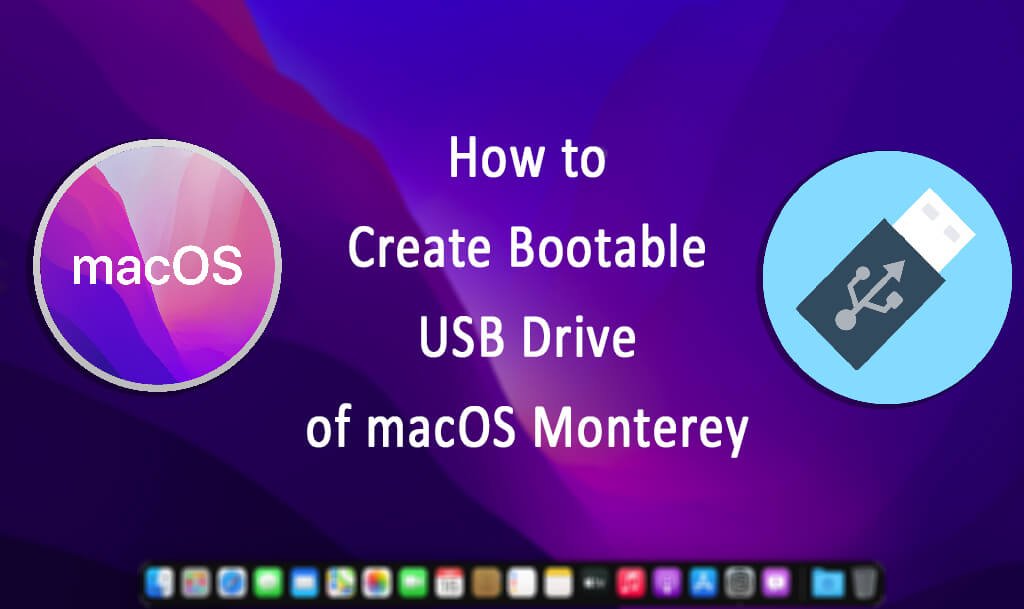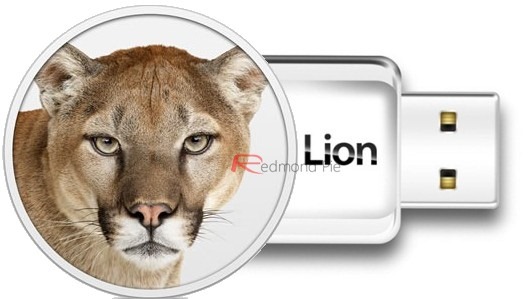

- #Create bootable usb os x mountain lion from windows mac os x
- #Create bootable usb os x mountain lion from windows install
- #Create bootable usb os x mountain lion from windows mac
If you don’t, you’ll have to re-download the entire thing from the Mac App Store. So if you plan to use that installer on other Macs, or to create a bootable disc or drive as explained here, be sure to copy the installer to another drive-or at least move it out of the Applications folder-before you install.
#Create bootable usb os x mountain lion from windows install
Note: As explained in our main Lion-installation article, if you leave the Lion installer in its default location (in /Applications) and use it to install Lion on your Mac’s startup drive, the installer will be automatically deleted after the installation finishes.
#Create bootable usb os x mountain lion from windows mac os x
You can also use any of the Lion installer’s special recovery and restore features-in fact, when you boot from this drive or DVD, you’ll see the same Mac OS X Utilities screen you get when you boot into restore mode. You can now boot any Lion-compatible Mac from this drive or DVD and install Lion. When prompted, insert a blank DVD (a single-layer disc should work, although you can use a dual-layer disc instead), choose your burn options, and click Burn. In Disk Utility, select InstallESD.dmg in the sidebar However, with the 10.7.4 installer, you must use the mounted Mac OS X Install ESD volume or you will get an error at the end of the restore procedure and the newly created bootable drive may not function properly. Note: In versions of the Lion installer prior to 10.7.4, you didn’t need to first mount the InstallESD.dmg image-you could simply drag the image itself into the Source field. The restore procedure will take anywhere from five to 15 minutes, depending on your Mac and the speed of your drive.

This drive must be at least 5GB in size (an 8GB flash drive works well), and it must be formatted with a GUID Partition Table.

Drag the Mac OS X Install ESD icon into the Source field on the right (if it isn’t already there).Click Mac OS X Install ESD in Disk Utility’s sidebar, then click the Restore button in the main part of the window.The mounted volume is called Mac OS X Install ESD. This mounts the disk image’s volume in the Finder. In Disk Utility, select InstallESD.dmg in the sidebar, and then click the Open button in the toolbar.

To create a bootable hard drive or flash drive I recommend a hard drive or flash drive-a DVD will work, but it takes a long time to boot and install. The next steps depend on whether you want to create a bootable hard drive or flash drive, or a bootable DVD. Right-click (or Control+click) on the Lion installer to view its contents.


 0 kommentar(er)
0 kommentar(er)
